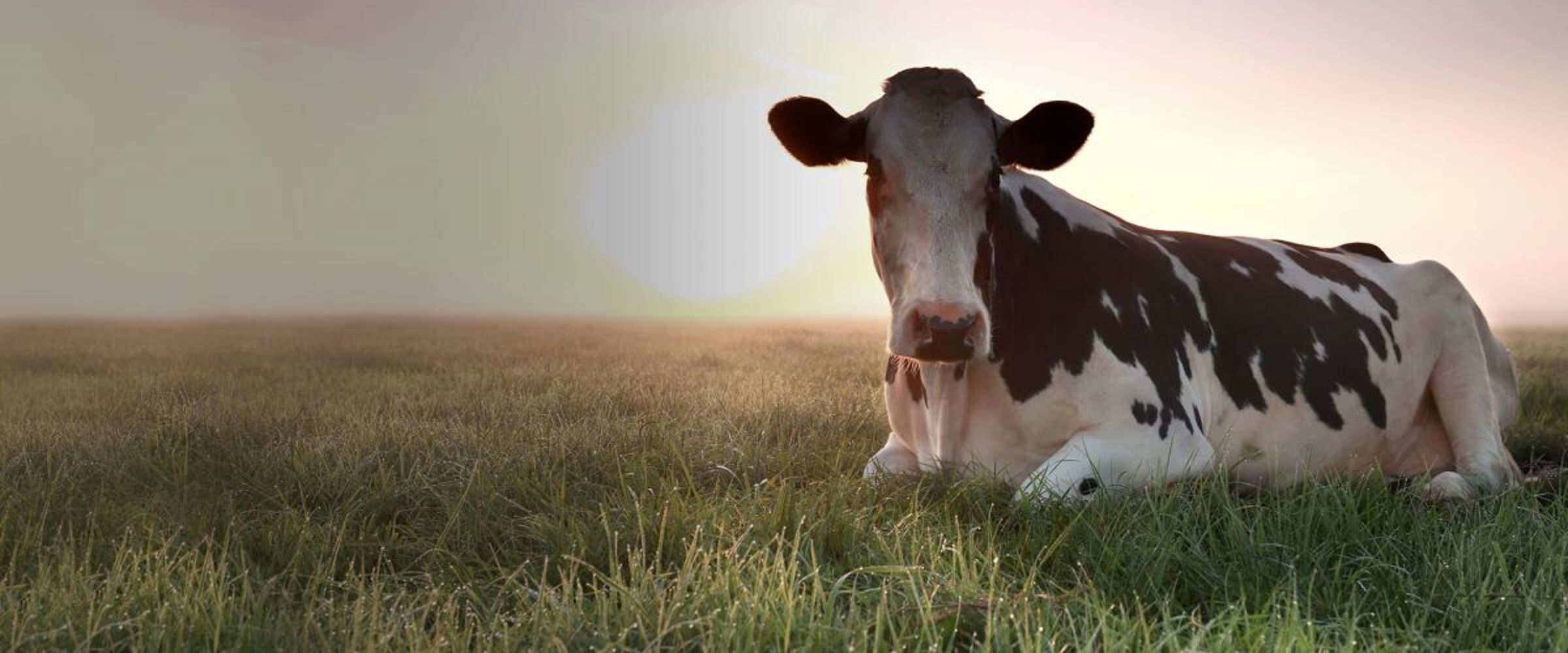Every new fitspo post on your Instagram or Facebook feed calls for a more resolute attempt to live life a little healthier. If there’s something grocery shoppers can relate to, it's the lack of understanding of food labels. Food labels provide information on what’s behind pretty, eye- catching packagings, and thus help health buffs make wise food choices. Here are 4 questions for conscientious consumers to think about before a trip to the supermarket:
1. To what extent are they “organic”?
The #eatclean trend has taken over not only our Instagram feed, but also lifestyle YouTubers worldwide. And clean, organic products albeit pricey, are now more sought after. Many think that the “organic” label just refers to farming methods which do not practise the use of synthetic pesticides and harmful chemicals. There might be a range of definitions, but each country or region’s certification is dependent on the organic authorities it adheres to, for example the EU organic certification body. Contrary to popular belief, this jargon also covers many other farming practices and holistic animal welfare standards. The soil used have to be free from pesticides for a minimum of three years1; animals must also not be given growth hormones2 and are fed by means of outdoor grazing3. Delicious milk comes from happy cows!
2. Does “natural” just mean it is minimally processed?
Food products labelled as “natural” simply means two things: they do not contain any artificial ingredients and are processed minimally4. But that sounds almost similar to being organic. Natural foods don’t have to be organically grown, so there might still be traces of growth hormones, antibiotics, and other harmful chemicals used when farming. Dig further and understand the claims behind labels such as “European certified organic” where not only the product is organic, it is natural as well.
3. What does it mean to be “grass-fed”?
“Grass-fed” might just be the most straightforward food label in the list, there are no two ways about it. Cows belong in the green fields. Some might say that beef from grass-fed cows taste better, but the meat is definitely leaner. Being grass-fed, however, doesn’t promise a holistic welfare of the animals. They might still be kept in confined living spaces, as long as they are fed grass or hay. At Arla, their organic cows must be given access to grass with an area of more than 0.1 to 0.2 hectares which is about 7 tennis courts per cow.
4. What kind of regulations are involved for “free-range” products?
The best grade of beef usually comes from cows labelled as “free-range” or “pasture-fed”. This is also the case for dairy products such as milk and cheese as well as poultry. As compared to “grass-fed”, the term this time covers a more comprehensive farming approach; it simply means that the animals are free-roaming5, with no conventional feeding systems in place. During winter or when the weather is not favourable, the cows live comfortably indoors. At Arla organic dairy farms, this area is about 6 square meters — It’s roomy enough like a small apartment per cow.
So now when you’re doing grocery shopping, don’t forget to check the labels at the back of your favourite brands of fresh foods, milk, chips and more. Remember “C & C”: Compare and Choose. You are what you eat and your body only deserves the best. Here’s to making more informed food choices the next time you are at the supermarket.
1 https://singaporelegaladvice.com/law-articles/certified-organic-food-singapore-meaning/
2 https://www.helpguide.org/articles/healthy-eating/organic-foods.htm
3 https://www.ams.usda.gov/sites/default/files/media/9%20Outdoor%20Access%20FINAL%20RGK%20V2.pdf
4 https://www.gcbl.org/live/food/healthy-diet/what-do-food-labels-really-mean/
